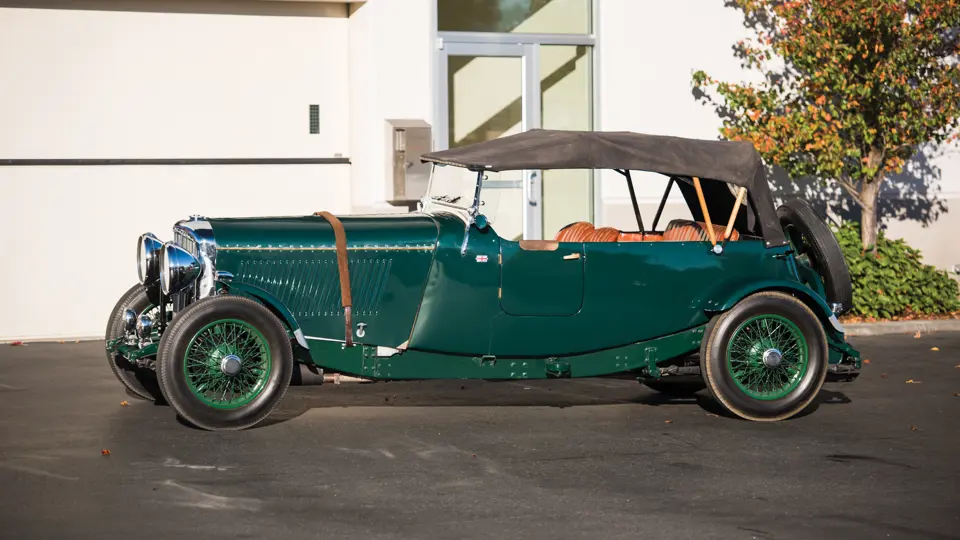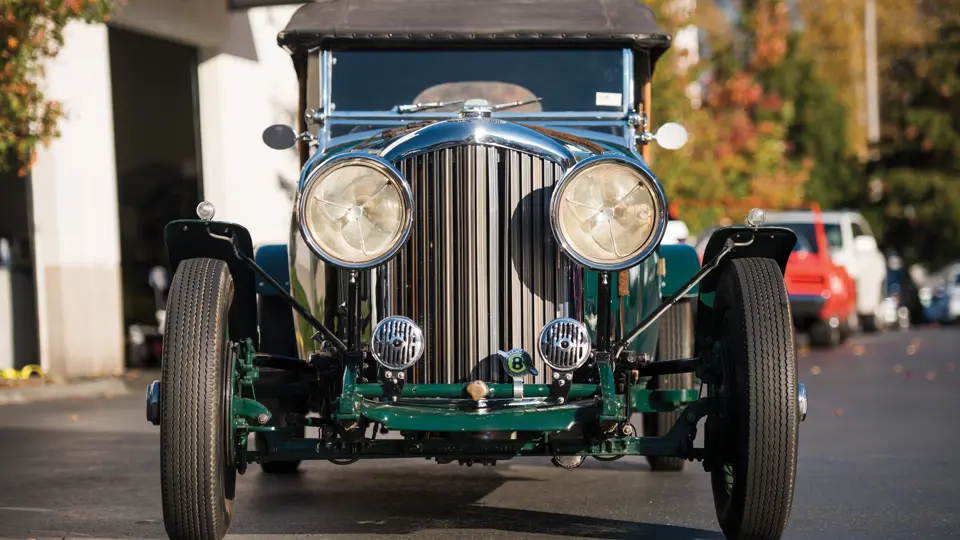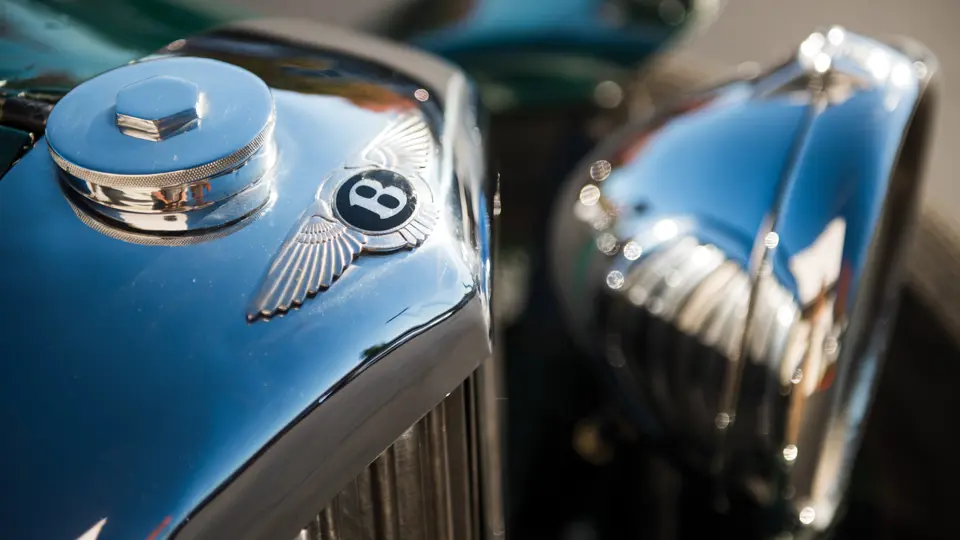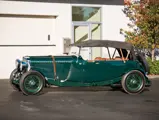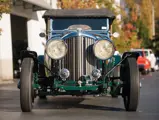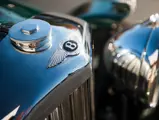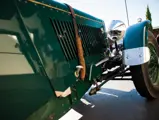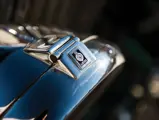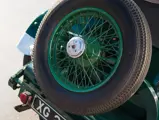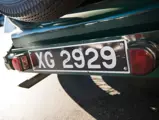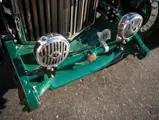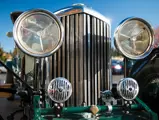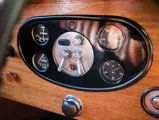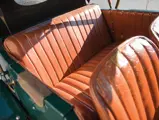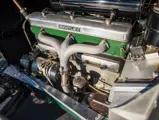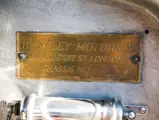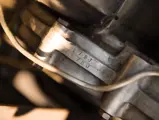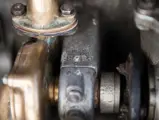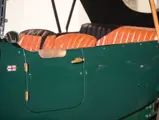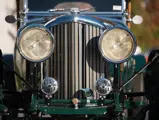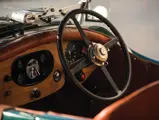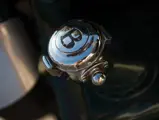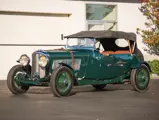105 bhp, 3,669 cc OHC inline six-cylinder engine, four-speed manual transmission, solid front axle and live rear axle with semi-elliptical leaf springs, and four-wheel mechanical drum brakes. Wheelbase: 126 in.
Walter Owen Bentley learned engineering at Clifton College, leaving at 16 to apprentice at the Great Northern Railway. It was during the Great War, however, that he began designing engines, working at Gwynne’s of Hammersmith. After the War, Bentley opened his own drawing office and rented a workshop. The first Bentley car was displayed at Olympia in October 1919, and deliveries began in 1921 from a new factory at Cricklewood.
Six-cylinder cars joined the range in 1926, with a 6½-Litre “Big Six.” This became the “Speed Six” in 1928, and a massive eight-litre six was shown at the London Motor Show in 1930. Unfortunately, financial troubles had emerged in the mid-1920s, and the company had been propped up by money from millionaire Woolf Barnato. In 1931, however, Barnato pulled his support and left Bentley foundering. Ultimately Rolls-Royce, Ltd., stepped in, and Bentley Motors became a wholly owned subsidiary.
Operations were moved from Cricklewood, London, to Rolls’ Derby works. Thus, the 1933–1939 cars are known as “Derby Bentleys.” Built first as 3½-Litre cars, with a pushrod overhead valve six of 3,669 cubic centimeters, they rode a 126-inch wheelbase and left the factory as bare chassis to be bodied by outside coachbuilders. Many of them were bodied by Park Ward, others by collegial coachbuilders like H.J. Mulliner, Hooper, or Gurney Nutting. However, a number of small coachbuilding firms also took their turns at clothing Bentley chassis.
This 3½-Litrr, chassis number B90CR, was sent to F.W. Plaxton Ltd. of Scarborough, Yorkshire. Established in 1919, Plaxton began building charabanc (motor coach) bodies, but by 1925 had ventured into passenger cars. Work on Rolls-Royce and Bentley chassis was occasional at most, making this car, in its original sedan style, very rare. Plaxton continued to build bus and coach bodies, which it continues today as part of Alexander Dennis Limited, the United Kingdom’s largest coachbuilder.
Chassis number B90CR was first registered in Middlesbrough, Yorkshire, in 1934 as XG2929, a plate it still carries. The Plaxton body, however, has been consumed by time and replaced by a four-seat tourer configuration, somewhat reminiscent of the Vanden Plas-bodied cars that won at Le Mans in the 1920s. The craftsmanship is traditional, in aluminum panels over an ash frame, and finished off in British Racing Green. The clutch and wiring were replaced in the late 1990s, at which time turn signals were added for enhanced driving safety. Recently serviced, it is ready to enjoy.
Representing a fine opportunity to re-live open-air British-style motoring, this handsome Bentley comes with a tool kit and an owner’s handbook. It would undoubtedly be a superb tourer for a new owner’s collection.






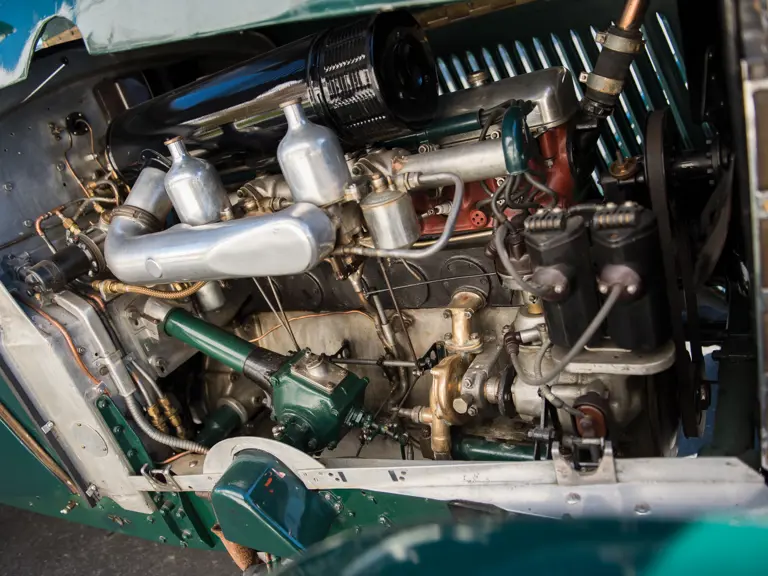

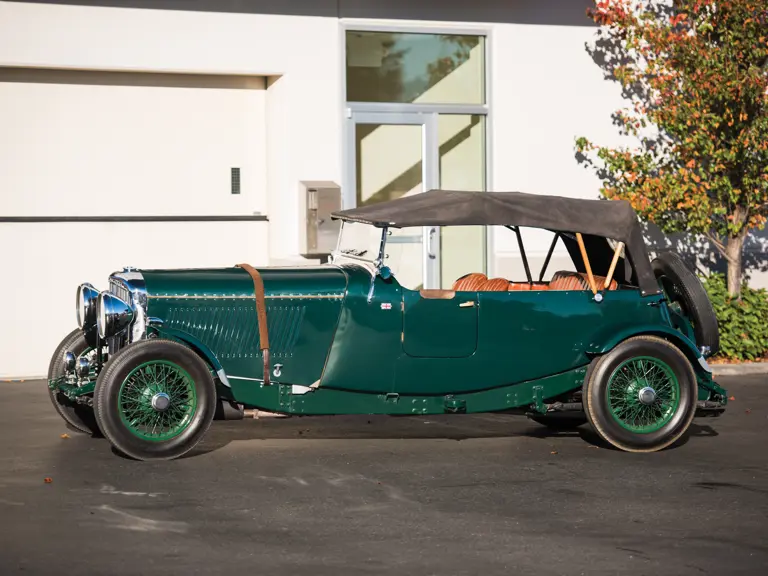



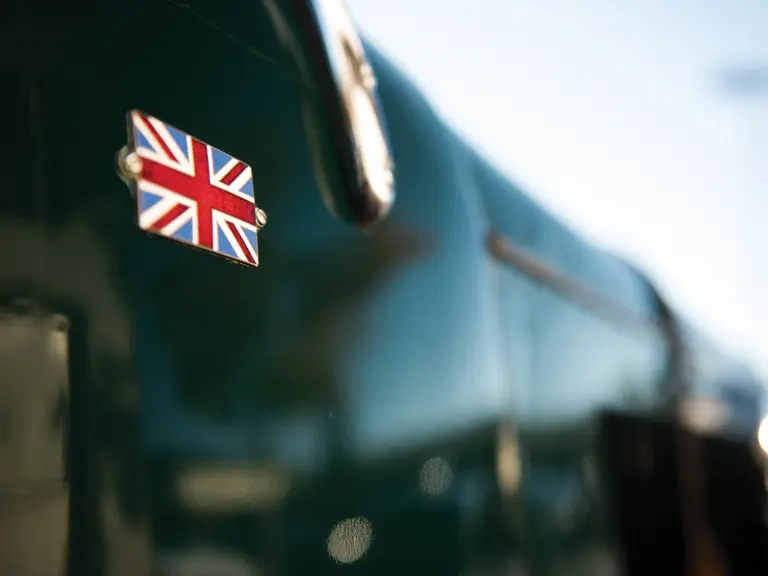


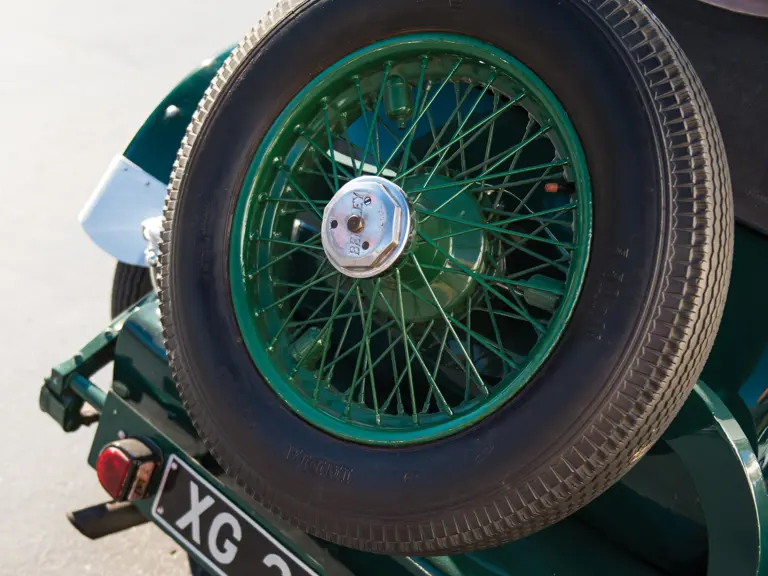
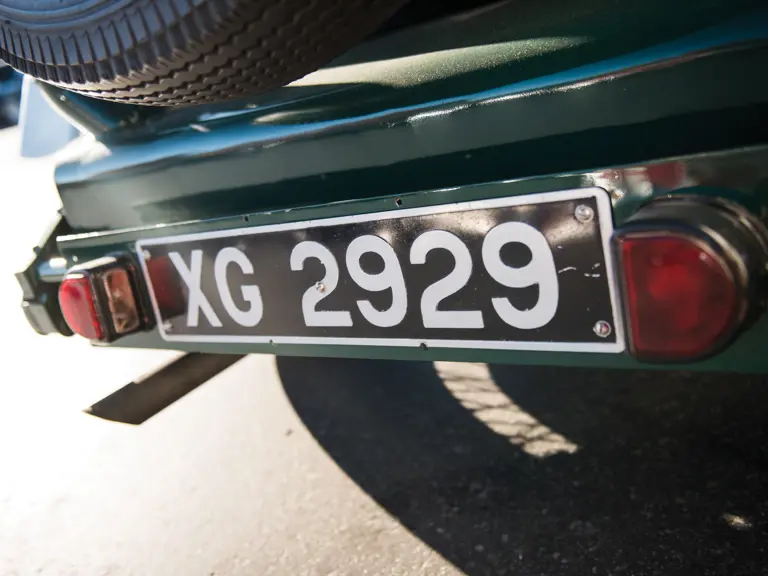
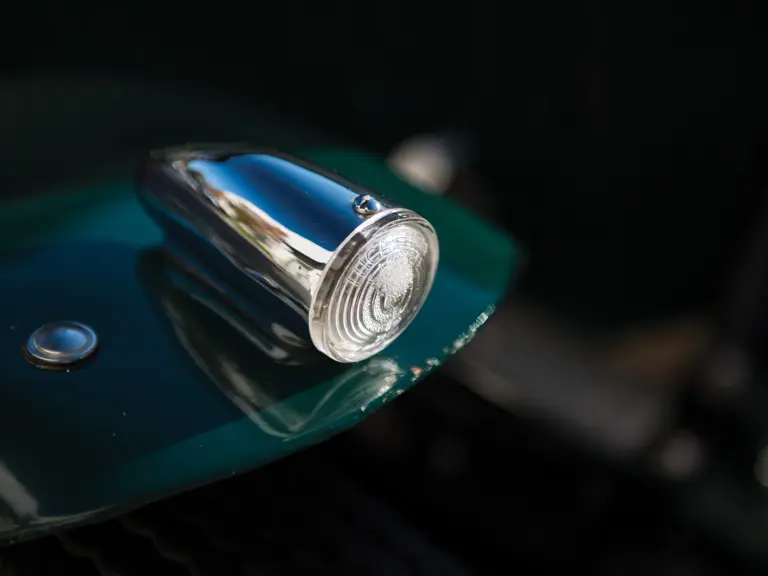
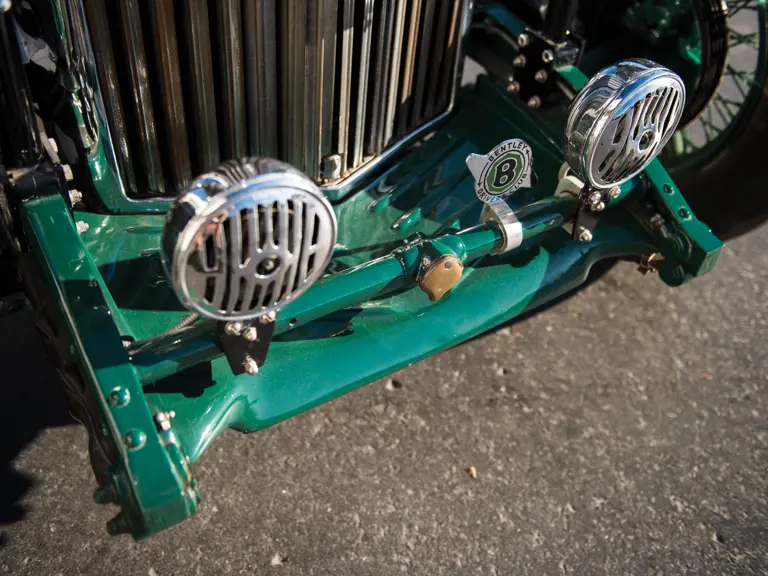
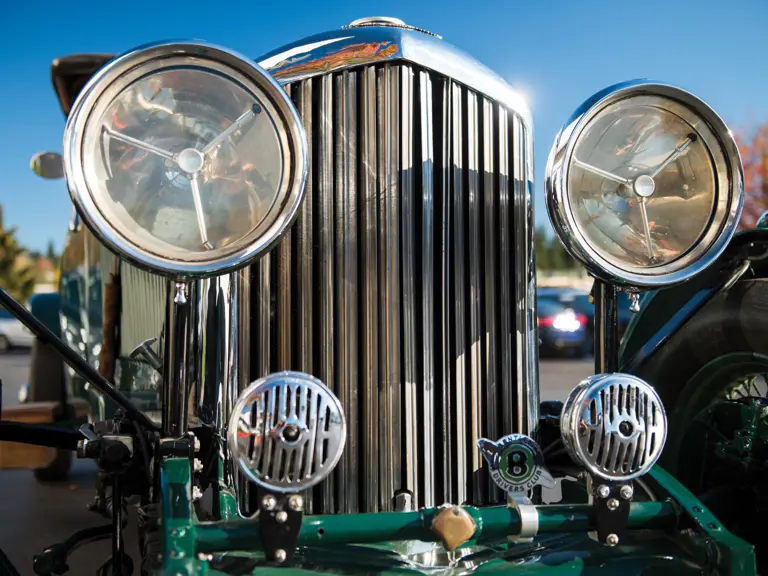
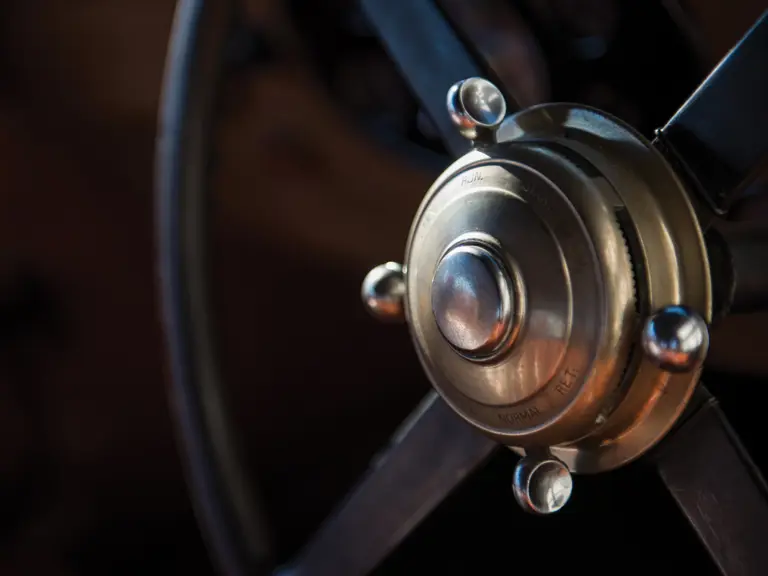
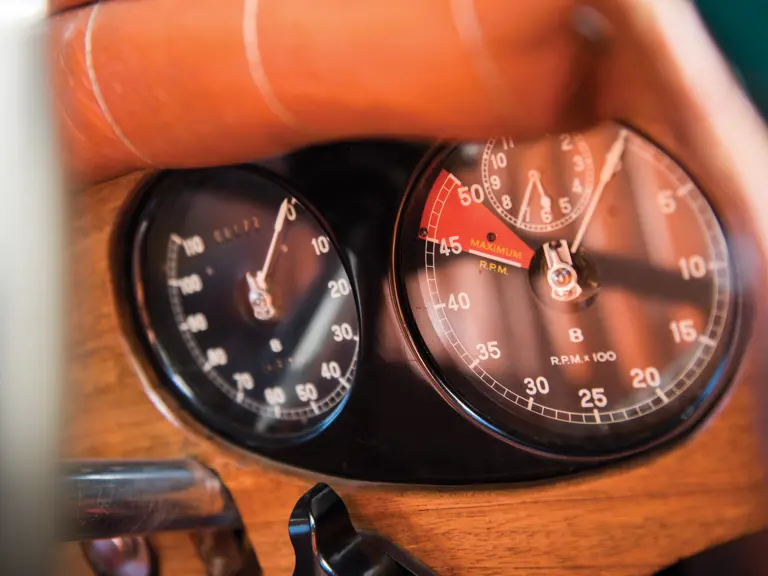
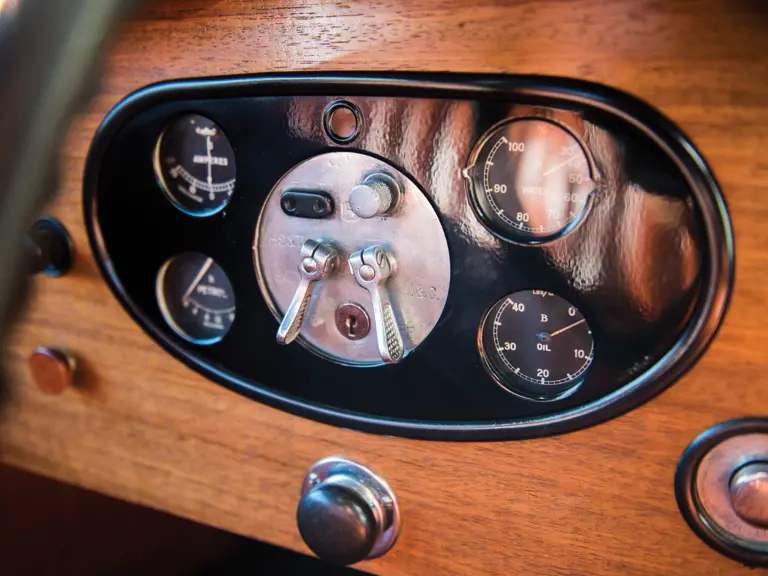
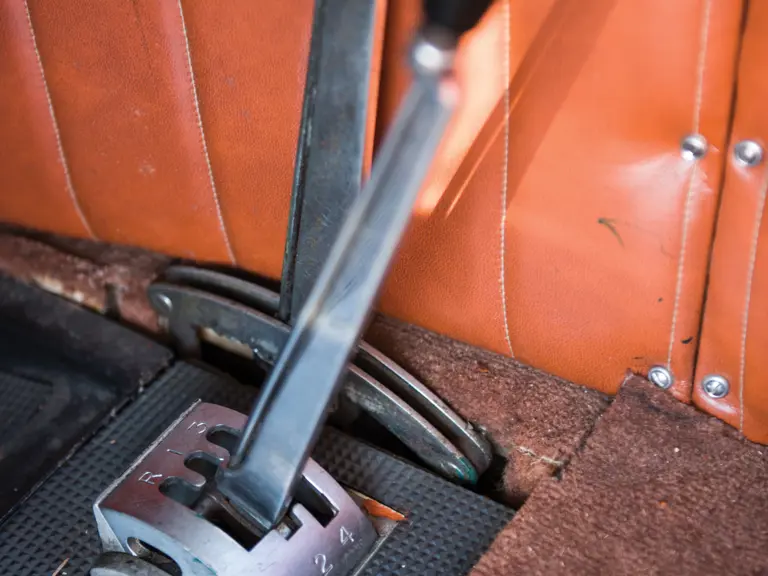
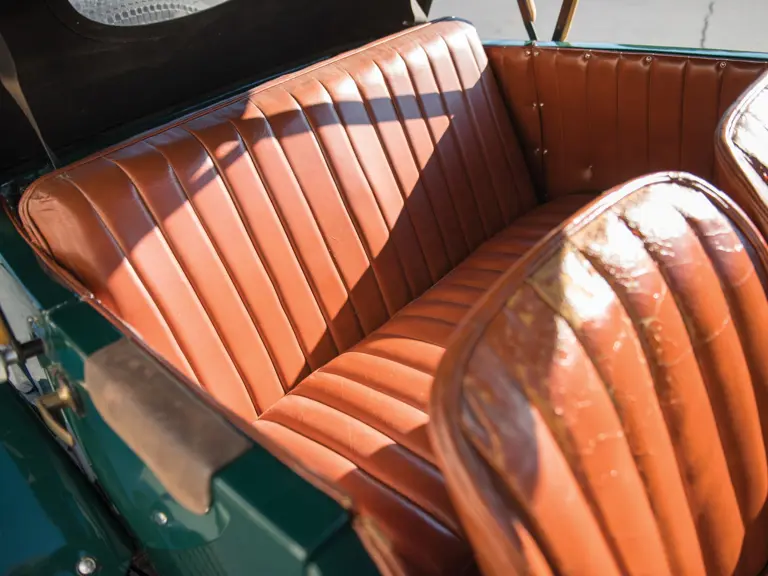


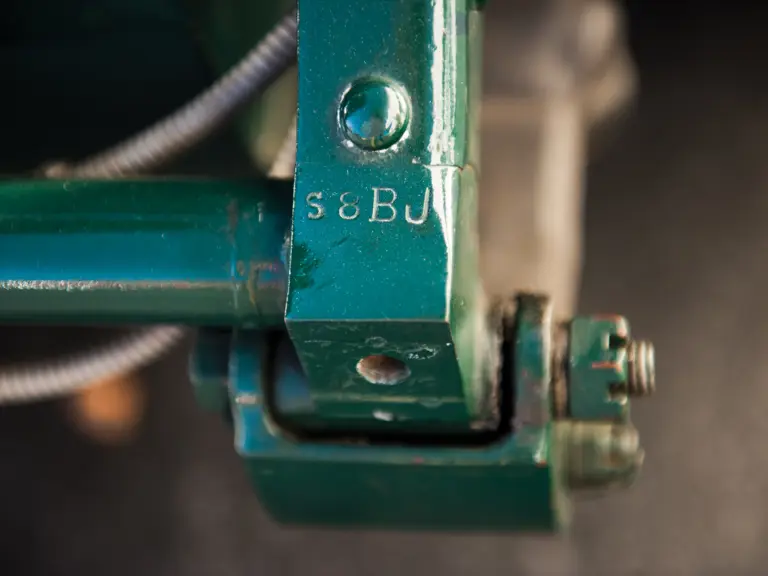

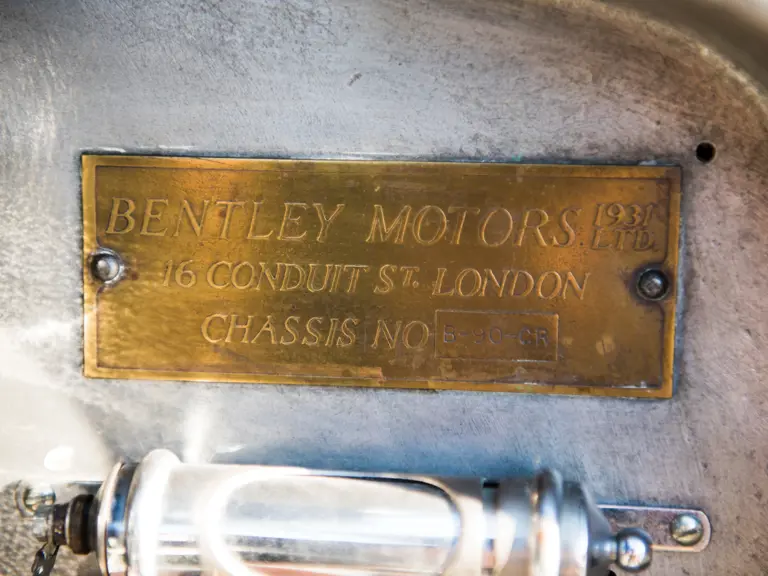
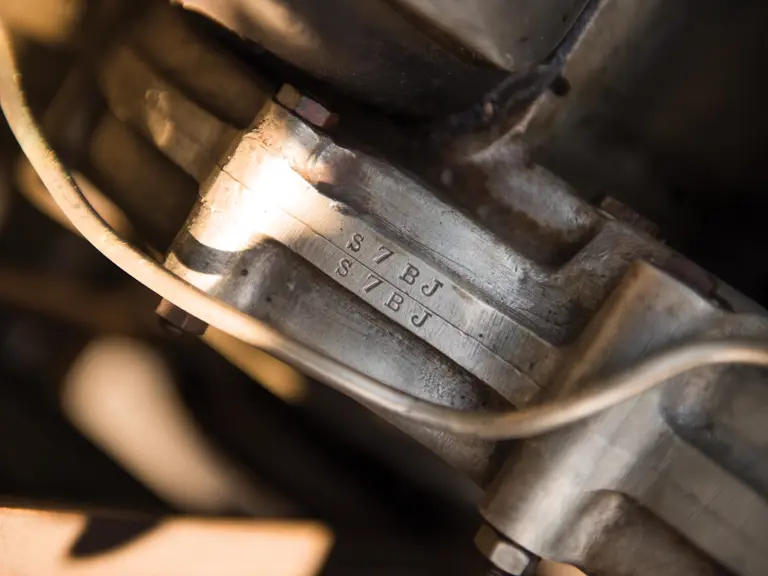
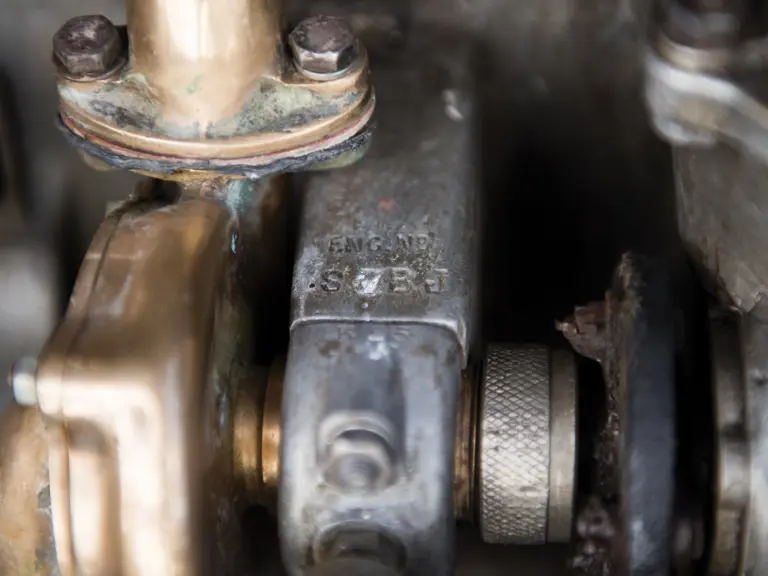

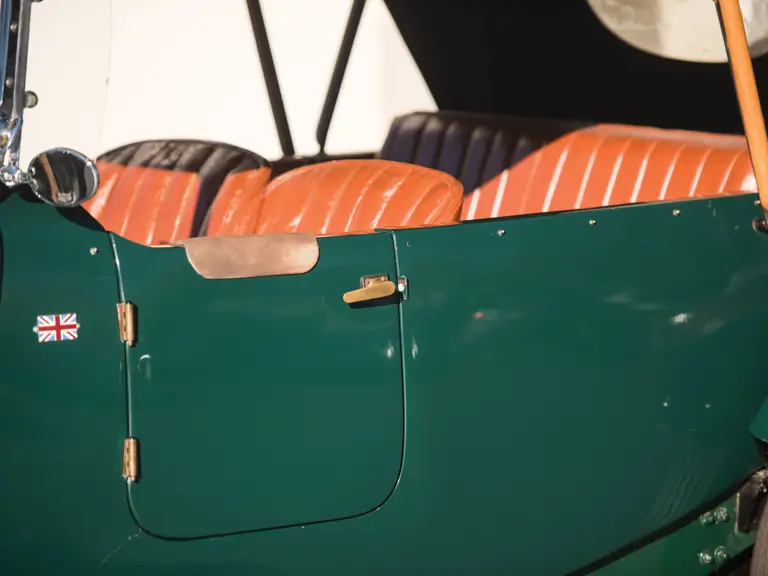
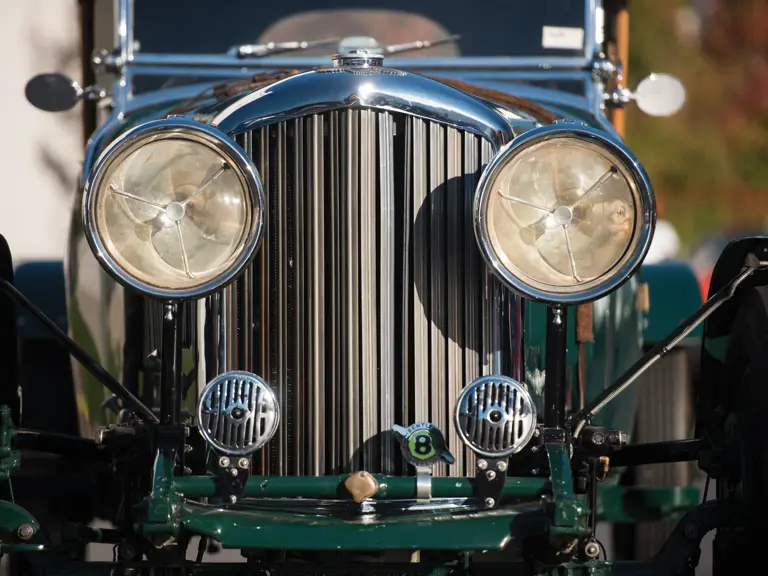
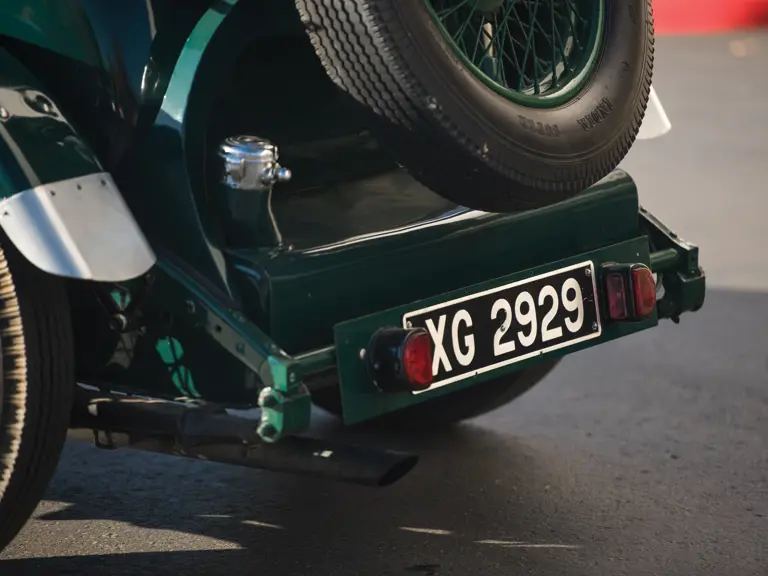
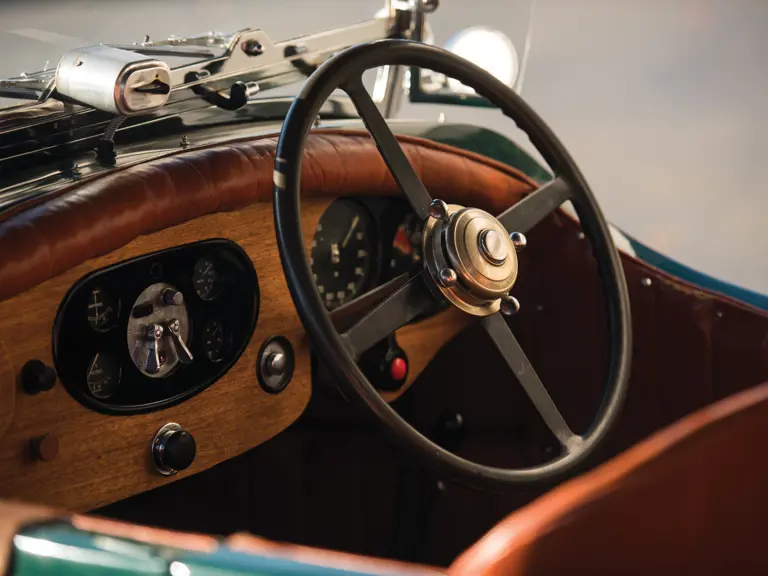
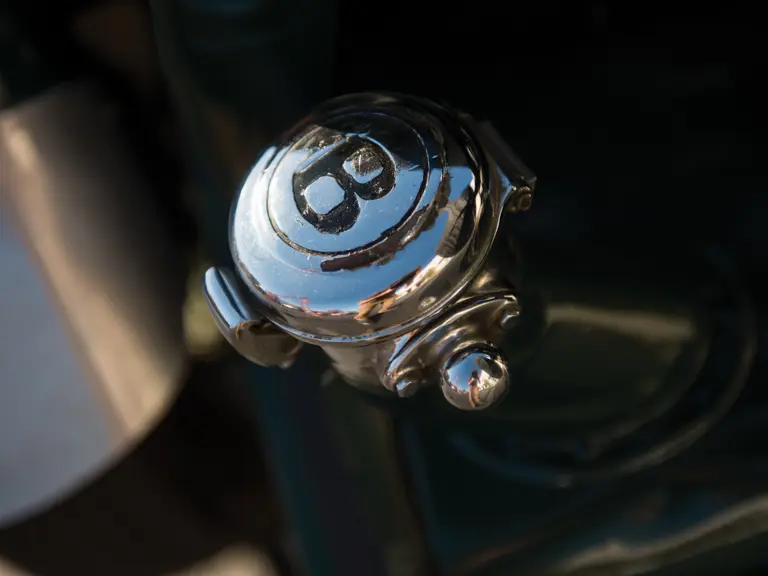

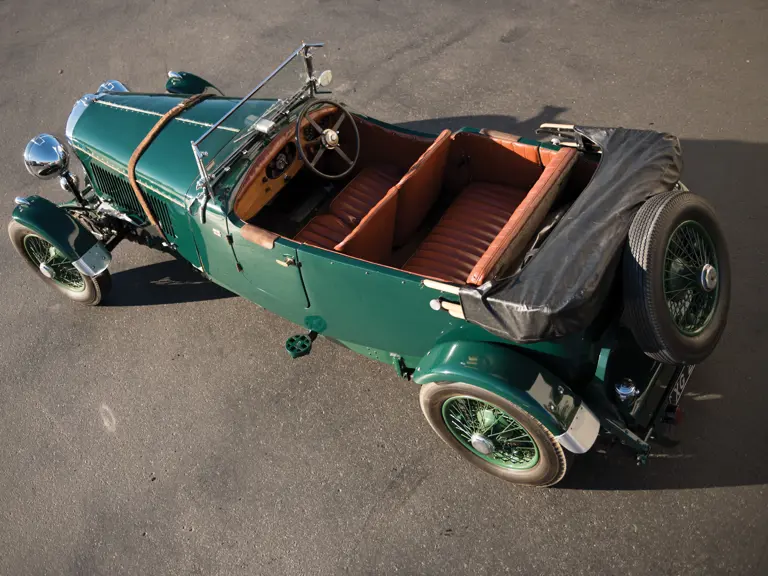
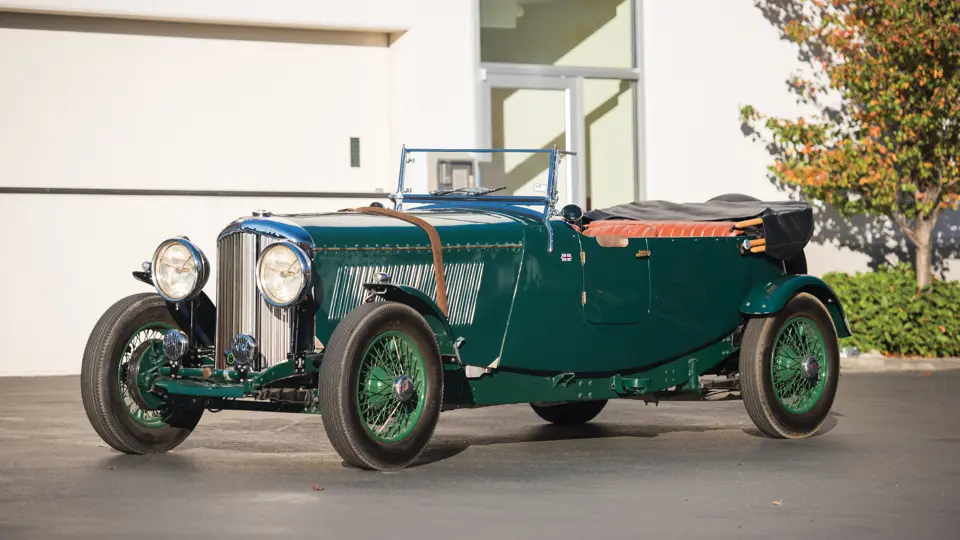
 | Phoenix, Arizona
| Phoenix, Arizona
